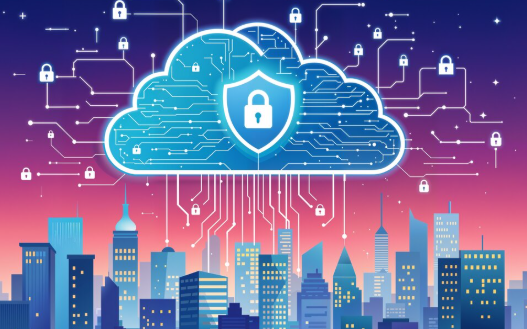An Overview
- By 2025, 7 out of 10 smartphone users will be peer-to-peer (P2P) payment users.
- As per Juniper Research’s report, cross-border digital remittances are projected to increase from $295 billion in 2021 to $428 billionby 2025.
The findings above sound like projections based on “pure research” which have nothing to do with reality. Based on our knowledge of the payment landscape at present, we may or may not be able to relate to such findings. Strange, but true.
Let us examine the payment industry in retrospect. The transformation in the payment industry in recent years has been nothing less than “magical.” It looks like technology has waved a magic wand and led to never-seen-before changes. Payments today are faster, easier, more convenient, and much more innovative than ever before! As Buy Now Pay Later (BNPL) and crypto continue to thrive, we are inching a step closer to becoming a cashless society with every passing day. However, with the evolution of businesses and customer needs, it is time to enhance the agility of global payment ecosystems while retaining the financial stability of their infrastructure.
2021: The turning point for the payment industry
Amidst the spread of covid-19, the adoption of digital behaviours by people worldwide accelerated mobile-first economies. We ourselves were surprised by the extent to which we began banking on digital gateways. Our digital payments surpassed the usual grocery purchases to include almost everything from entertainment to secure banking transactions. People across the globe saw themselves grow from conventional Internet banking to scanning QR codes at almost every touch point utilised for digital payments.
With financial services heading towards a significant transformation, covid-19 pandemic and countrywide lockdowns acted as catalysts to accelerate the pace of digitization. Cashless payments are trending worldwide, and inclusion lies at the core of major financial activities. At present, payments support the growth of digital economies and drive innovation. They also serve as the backbone of a nation’s economy. During the second wave of COVID in 2021, the transition in the payment industry became evident with movement to Payment 4.X. As part of this, it is now imperative to provide a frictionless, seamless, and immersive payment experience.
eCommerce: From “Can Have” to “Must Have”
Despite a constantly changing economic climate, the entire world is certain about the proliferation of eCommerce. The digital revolution in the payment industry has helped digital sales become a crucial and inevitable part of an organization’s business strategy. The businesses that had religiously followed the traditional brick-and-mortar model went digital sooner than we could realize. Digital sales now lie at the heart of most consumer-oriented industries. With escalating volumes of cashless payments and a decrease in cash usage, digital is now the new way of living for purchases and sales. When it comes to consumer preferences, “omnichannel” is the future of payments across industries.
As per PwC’s analysis, the volume of global cashless payments will increase by 80% between 2020 and 2025. Amongst all the geographic regions, Asia-Pacific is all set to witness the fastest growth, with the volumes of cashless transactions increasing by 109% until 2025 and then by 76% between 2025 and 2030.
The Future: Ahead Toward a Space Economy
As per Morgan Stanley’s estimate, the space economy shall grow from present $350 billion to ~ $1 trillion in 20 years from now. With companies like Blue Origin and SpaceX expanding continuously in this domain, space exploration is quite well-funded and presents an opportunity for the deployment of financial technology. Despite the impact of the pandemic, it looks like nothing can slow down the pace of the global movement towards space.
The growth in the affordability and scale of space exploration has created a new segment, the space economy. We know that money is the fuel that drives economies. Therefore, the million-dollar question is: What money will drive the space economy? Going by experts’ opinions, blockchain and cryptocurrency are perfectly placed to fuel the space economy.
In March 2021, JP Morgan (a leading investment banking and financial services company) successfully carried out the testing of blockchain transactions in space. The company utilized GomSpace’s satellites for the first ever bank-led tokenized value transaction. The transaction was executed with the help of smart contracts built on a blockchain network established between two GOMX-4 satellites revolving around the Earth. This transaction proved that satellites could present an innovative opportunity to build blockchain networks that facilitate decentralized data transfer between satellites. The breakthrough also pioneers a peer-to-peer, long-term satellite marketplace where data transfer between satellites takes place against payment.
Interestingly, blockchain technology can be utilized for building secure, decentralized techniques to process and manipulate satellite transactions using space digital tokens (SDT). This can pave the path for seamless transactions from space. Blockchain enables a common payment and communication protocol between satellite providers to drive useful services. For instance, use of peer-to-peer contracts to capture weather data and images.
One of the principal advantages of blockchain is its ability to enable the exchange of data and value between two parties without affecting their trust. Peer-to-peer transaction settlement, smart contracts along with the accountability and transparency that blockchain provides, it minimizes the risk arising due to breach of contract. This also helps save both time and money for the parties involved.



